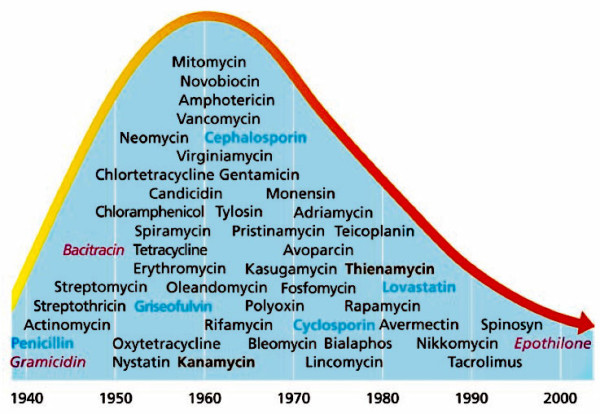With the snowballing of hysteria in 2014– as with the Ebola scare–it is sometimes easy to forget that there are teams of people working to prioritize and mitigate threats. Pegged as the “primary public health institution” in the United States, The Center for Disease Control (CDC) assesses threats, evaluates their potential effects, and then forms and enacts short and long- term action plans.
Image Source: David McNew/Stringer.
In December of 2013, they listed five primary concerns for 2014:
- Preparing for the end of the Antibiotics Era
- Decreasing prescription overdose deaths
- HPV vaccine awareness
- Polio eradication
- Global health security
As with many other public health institutions, the CDC cannot conjure lists and then declare them resolved. After they have assessed such risks, they must strategize methods to best mitigate these risks, enact these measures, and then evaluate their effectiveness. Achieving these goals requires multiple partnerships with the state and local governments, as well as other third parties. For example, in order to implement their “Tips From Former Smokers” campaign of 2013, the CDC had to work with a team of poster designers and screen interviewees; then they had to distribute advertisements through the media and schools.
The past year, 2014, has been an especially tough year for the CDC. Polio seemed near-eradication at first, but mid-summer saw over an 80% increase in polio cases. The in-progress map is here. The failure to eradicate polio does not indicate a lack of effort by the CDC; rather, it may indicate failures to collaborate internationally and communicate risks with the nations affected by polio outbreaks.
Image Source: PhotoQuest.
The first item of concern, the end of the Antibiotics Era, has no easy fix and it will most likely continue to circulate in public policy as one of the direst concerns for the upcoming years. The CDC may hope that, although we are not much closer to reaching these five goals, at least more people are aware of the need to do so.
Featured Image: Antibiotics by AJC1.










